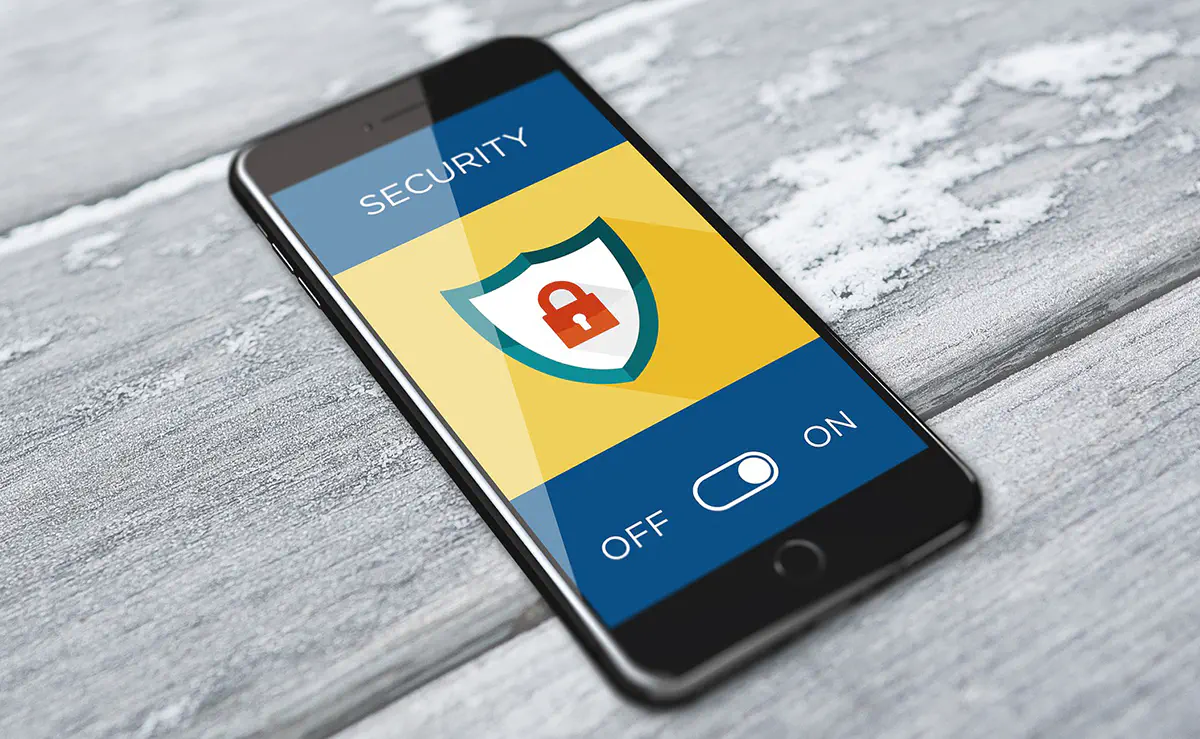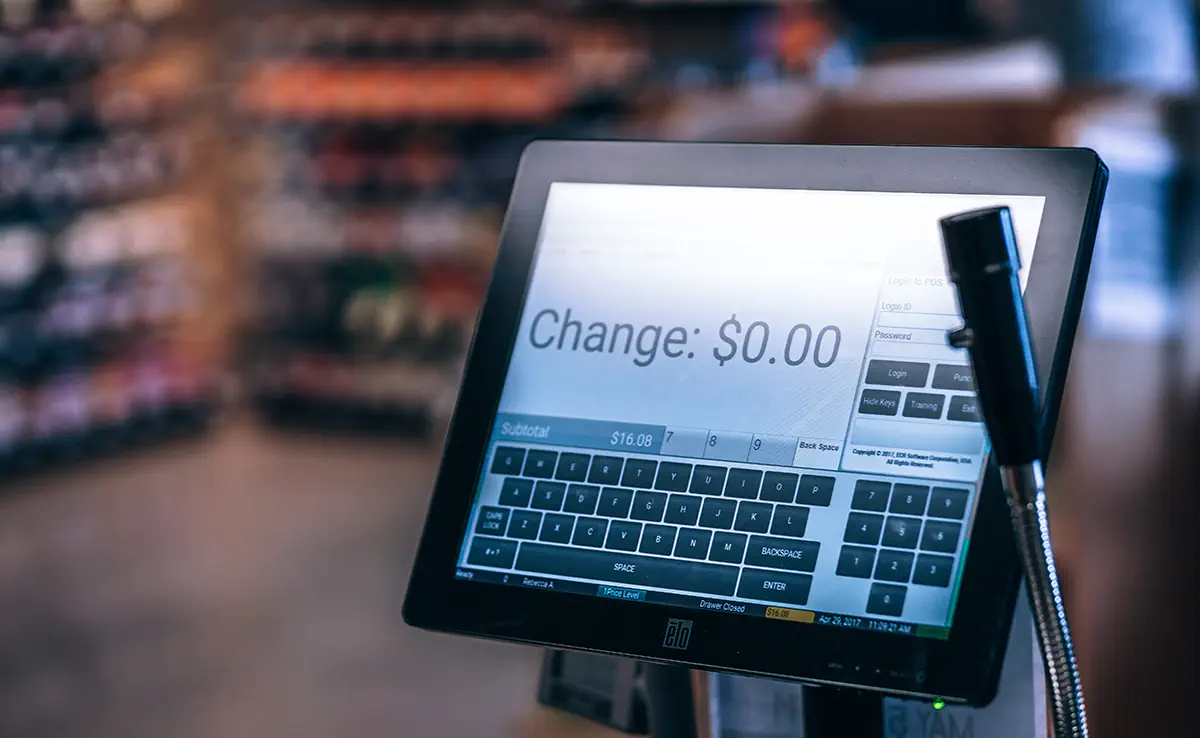Top-9 Security Issues with Mobile Development

The development of mobile apps has come a long way since the first 500 apps hit the Apple App Store in 2008. Thousands of apps are released every day with the majority of them dying as quickly as they appear. The problem? Persistent insecurity within mobile app development that has driven top-ranking apps into oblivion.
Mobile app developers are churning out apps faster than they can fix them. The result is a continuously deteriorating state of mobile app security that has already compromised the personal information of millions of people worldwide.
Though the scope of mobile security is continually evolving, a few repetitive patterns show that many of the weak links in mobile app development stem from the same security issues. For developers to strike a balance between app usability and security, many issues need to be addressed. Consequently, these are the issues that undermine mobile app development the most.
1. Using third-party app frameworks
Whether to cut costs or to save time, developers often opt for third-party frameworks when building their apps. Though there’s nothing particularly wrong with using ready-made frameworks and codes, it is a risky move simply because hackers release several such frameworks to target unwitting developers. These flawed codes come with hidden vulnerabilities that are later exploited to steal user data.
That being said, third-party codes and frameworks are not all illegitimate. Proper verification is, however, necessary to avoid unscrupulous code publishers.
2. Leaving data unencrypted
Failing to use encryption algorithms to protect user data is a mistake many app developers have been punished for severally.
Leaving sensitive user data in plain text format, for instance, was a miscalculation in 2014 that caused the Starbucks app to drop several pegs from its position as one of the top five highest-grossing apps.
Hackers not only got their hands on the credit card information of their customers but also geolocation tracking points that gave them the ability to compromise user accounts even after Starbucks released a patched version a week later.
Encrypting user data is crucial, yet it is often overlooked. Many app developers fail to implement a system where crucial data such as passwords and credit card information are not stored on the device. Designing apps in a manner that first protects user data should be a priority, which is why a separate encrypted section should be reserved for data storage.
3. Poor server-side security
Developers work hard to provide the best security for their mobile apps, often at the cost of server-side security. It isn’t rare to see an app developer completely neglecting to secure the server-side while implementing strong security measures for the client-side of the app. The assumption that only their mobile app can access their servers is often wrong.
Leaving the server-side unprotected exposes sensitive user data by giving online threat actors easy access. Verifying and securing back-end APIs shouldn’t be an afterthought. It should be a priority to ensure that only authorized parties access the user data stored on the server.
4. Poor app security testing
During your custom mobile app development journey, the process of testing the app should be done even before a release plan is conceived. The testing phase of the app covers how usable and compatible it is, but most importantly, how secure it is.
Though this is a necessary phase of app development, many developers don’t take it very seriously and are often caught flatfooted when vulnerabilities are discovered and exploited. Thorough security testing before app release should test all aspects of the app, including how it interacts with phone features such as GPS, camera and body sensors.
5. Slow security updates
Once an app is released, it immediately becomes a target for hackers. This is especially true if the app stores or deals with any form of user data. Developers work around the clock to patch new vulnerabilities lest hackers discover and exploit them.
But sadly, a huge chunk of app developers are still slow to roll out new patches and updates. With such little margin for error, delaying helpful security updates is often the downfall of many apps.
6. Lack of protection against physical breaches
Many app security measures are worthless when it comes to protecting sensitive user data from a physical breach. When a device is physically compromised, hackers have unlimited access to all credentials and passwords.
To counter this, one of the measures that can be put in place is scheduling timeouts to clear stored credentials from the device. These can take place on a weekly or monthly basis, and ultimately prevent data loss when a device is stolen.
7. “Leaky” apps
The infamous Angry Birds NSA incident reinforced the belief that no app is safe when it comes to espionage. The National Security Agency had hacked into the Angry Birds servers and gathered personal data such as the age and gender of the players.
Apps that collect large caches of data from their users are especially juicy targets for governmental and non-governmental agencies looking to profit off user data.
The problem isn’t restricted to consumer apps, and that’s where the main threat is. Apps that collect sensitive information such as banking or healthcare records are at more risk, primarily if they utilize low-grade APIs in their advertising and analytics departments.
8. Unsecured data input channels
Modern applications are designed to accept data from multiple sources, including user input, third-party APIs, and other systems. However, not all of these input channels are created equal when it comes to security. In fact, many of them lack sufficient encryption or protection, making them an attractive target for attackers looking to exploit vulnerabilities. Attackers can use unsecured input channels to gain access to sensitive data stored by the app, such as cookies and environmental variables. These data points provide a wealth of information about the app’s operations and its users, making them a prime target for malicious actors seeking to carry out attacks such as identity theft, data breaches, or system manipulation.
Unfortunately, despite the importance of securing all input channels, developers often prioritize input sources based on their perceived value or impact. As a result, some input channels are left unguarded or insufficiently secured, providing the perfect access points for attackers to exploit.
9. Poor SSL implementation
Mobile apps are perhaps the most plagued with SSL issues because many developers simply do not delve into its applications, which sometimes is necessary for its successful implementation. The lack of properly verified SSL certificates compromises the transport layer of an app considerably. This leaves the app vulnerable to a vast array of attacks, including man-in-the-middle (MITM) attacks, session hijacking, and data breaches. The consequences of SSL issues can be severe; users can have their sensitive information stolen or compromised, leading to identity theft or financial fraud. Meanwhile, app developers may face reputational damage and legal repercussions if their apps are found to be insecure or have been involved in a data breach.
Bottom line
Even as many budding developers emerge with their latest apps, the widespread lack of mobile security still cripples their progress.
Mobile app security and data protection are crucial for the continuity of any app, and these factors are becoming more important to average app users. User data is a precious resource that can be exploited for selfish benefits, which is even more reason for app development companies to put more emphasis on ensuring that their mobile apps are safe and secure.
Don't want to miss anything?
Subscribe and get stories like these right into your inbox.
Keep reading

How Machine Learning is Redefining the Role of Business Analysts
ML is a technology that allows systems to learn from data. It enables automation by enabling systems to make decisions with minimal human intervention.

How Technology Has Changed How We Celebrate the Holidays
Technology has drastically transformed our lives, making the modern world vastly different from 100 years ago. Today, we live in an era where technology simplifies daily life.

Insights for Entrepreneurs Building a New POS System
An outdated POS system can slow down, become unresponsive, or lack modern payment processing and integration features. Learn when it’s time to upgrade or replace your system!
Contact us
Let's explore how our expertise can help you achieve your goals! Drop us a line, and we'll get back to you shortly.